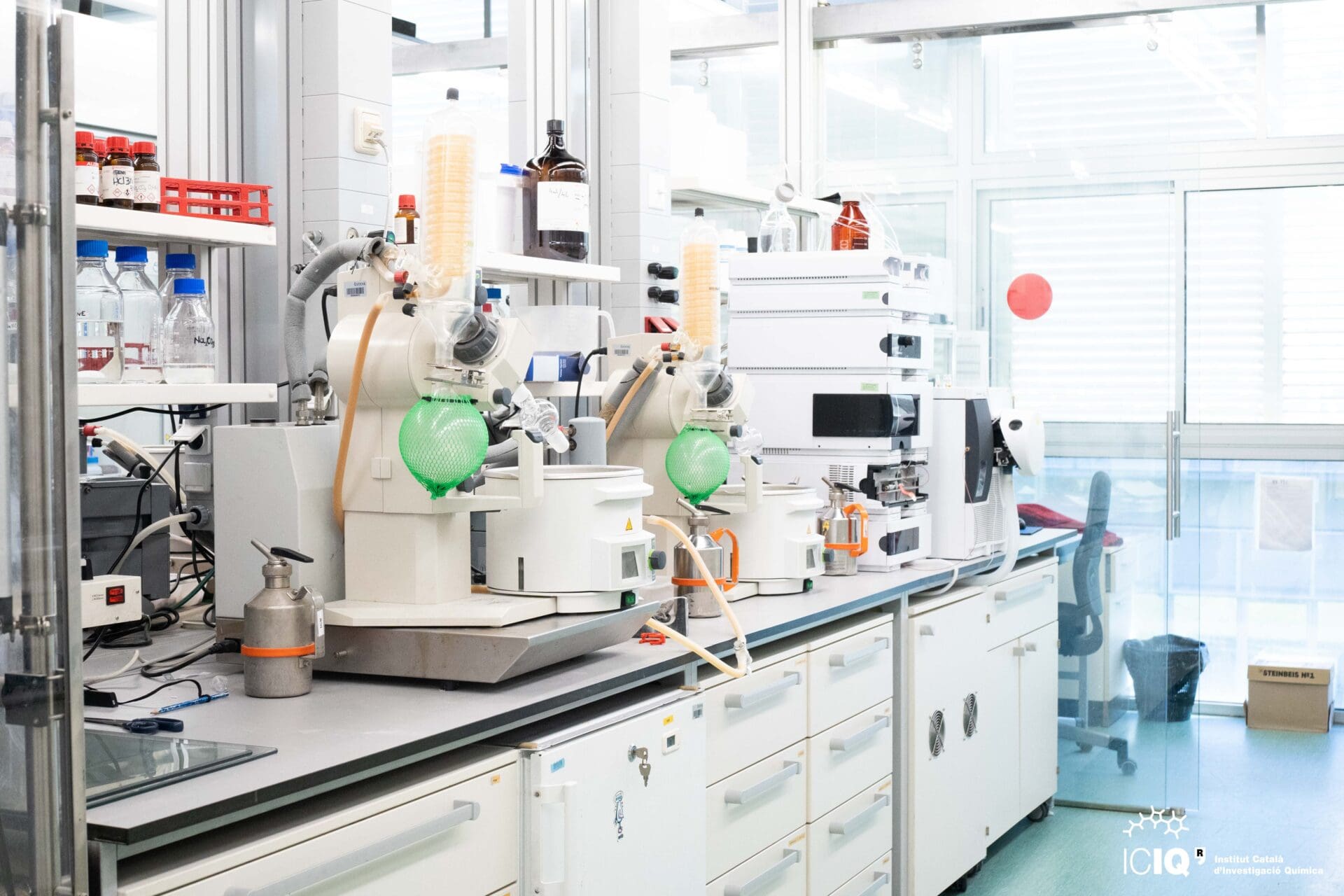New catalysts for hydrogen production
21st May 2015 – One of the challenges that today’s society is facing is the development of a real alternative to fossil fuels. With increasing levels of global energy demand, as well as climate changes suggested to be induced by CO2 emission, there is an imminent necessity to find chemical energy carrier alternatives to fossil fuels with a smaller carbon footprint. Hydrogen, a clean and energetically rich molecule, is one of the most promising candidates. As hydrogen does not naturally occur in nature, its production is one of the great challenges we face.
Water splitting into oxygen and hydrogen could be a key technology component of the so-called hydrogen economy. Among the different technologies to perform this process, electrochemical water splitting stands out as a cleaner and more advantageous approach in performance, reliability, and scalability. High-purity hydrogen can be generated in PEM (polyelectrolyte membrane) cells, promoted by heterogeneous metal catalysts. Platinum and iridium are the most popular catalysts for this process but their high cost and low abundance on Earth’s crust make them unsustainable for large-scale applications.
In the quest for non-precious metal alternatives, researchers at ICIQ have evaluated molybdenum and cobalt-based materials as catalysts for this reaction. Molibdenum based catalysts, that have been used as catalysts in industrial processes like hydro-desulphurisation of crude oil, are very interesting alternatives. On the other hand, cobalt containing materials are known to be active in electrochemical reactions. Although there is a lot of experimental work reported on the electroactivity of Co3O4 related with the oxygen production, the material was never tested as a catalyst for the hydrogen production. After intensive work, Urakawa’s research group has found that these materials show reasonable and promising activity in PEM electrolysis. Furthemore, when PEM cells operate at high potentials (1,8 – 3 V), cobalt-based catalysts show even higher activity than platinum catalysts.
“Development of high-performance and economic electrolysers is of paramount importance to make a paradigm shift from fossil fuel based society towards a more sustainable one where hydrogen can be produced from water. The observed performance with excellent stability using the economic cathode materials is striking, possibly avoiding the use of prohibitively expensive and non-abundant elements such as platinum” -says Dr. Atsushi Urakawa, ICIQ’s group leader and principal investigator of this project.
Other advantages of the use of these materials are the fact that they are commercially available, cheap, abundant in Earth’s crust, thermodynamically stable, environmental friendly and have low electrical resistance. Moreover, as PEM cells are portable devices, this technology opens new market opportunities in mobility.
More info:
Method for hydrogen production in PEM cells at high potentials
Patent application: EP14382525
MoS2-based materials as alternative cathode catalyst for PEM electrolysis
T. Corrales-Sánchez, J. Ampurdanés, A. Urakawa
International Journal of Hydrogen Energy, 2014, 39, 20837-20843
Media:
Related news

Let's create a brighter future
Join our team to work with renowned researchers, tackle groundbreaking
projects and contribute to meaningful scientific advancements







 19-02-2025
19-02-2025 















